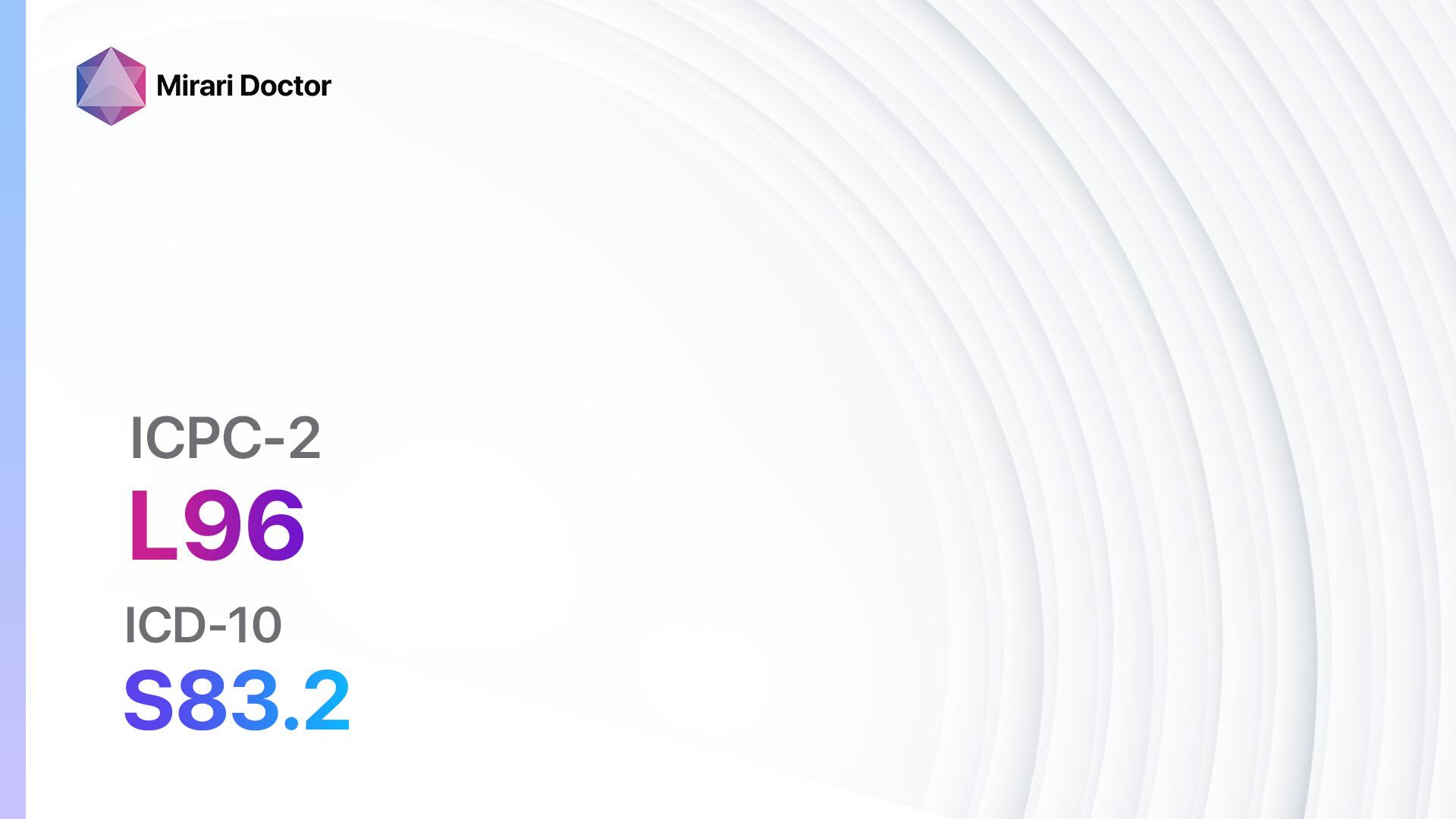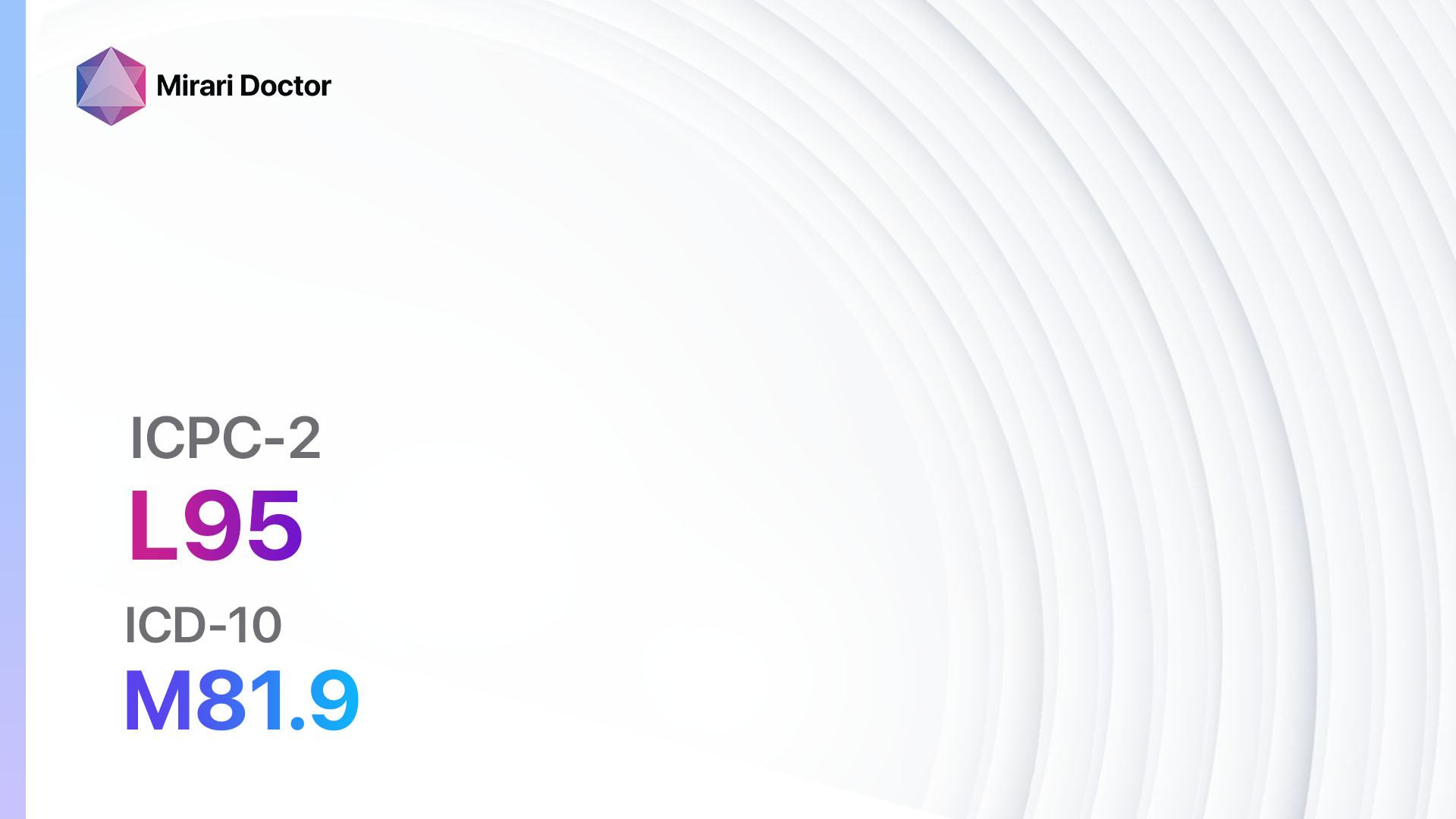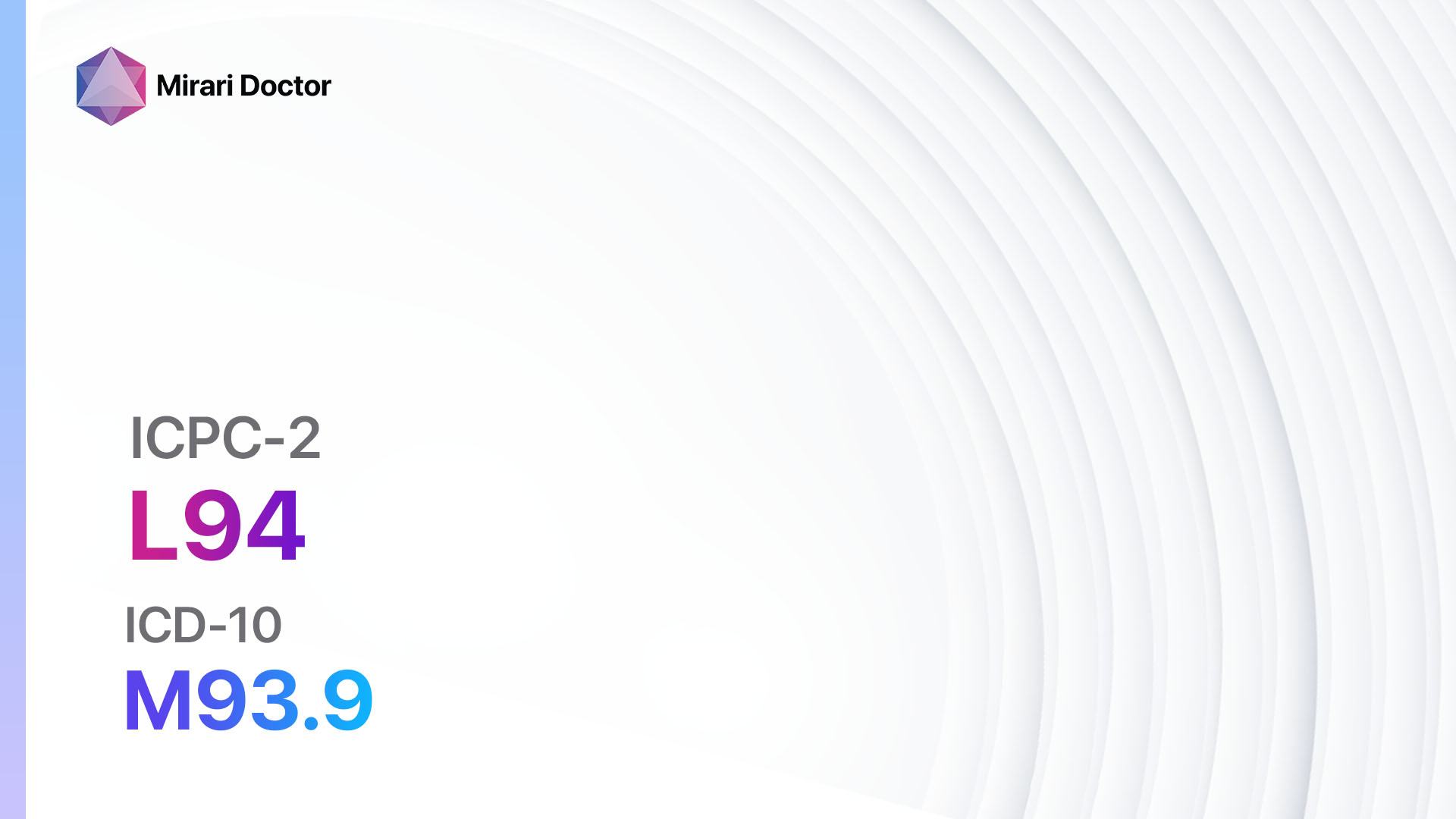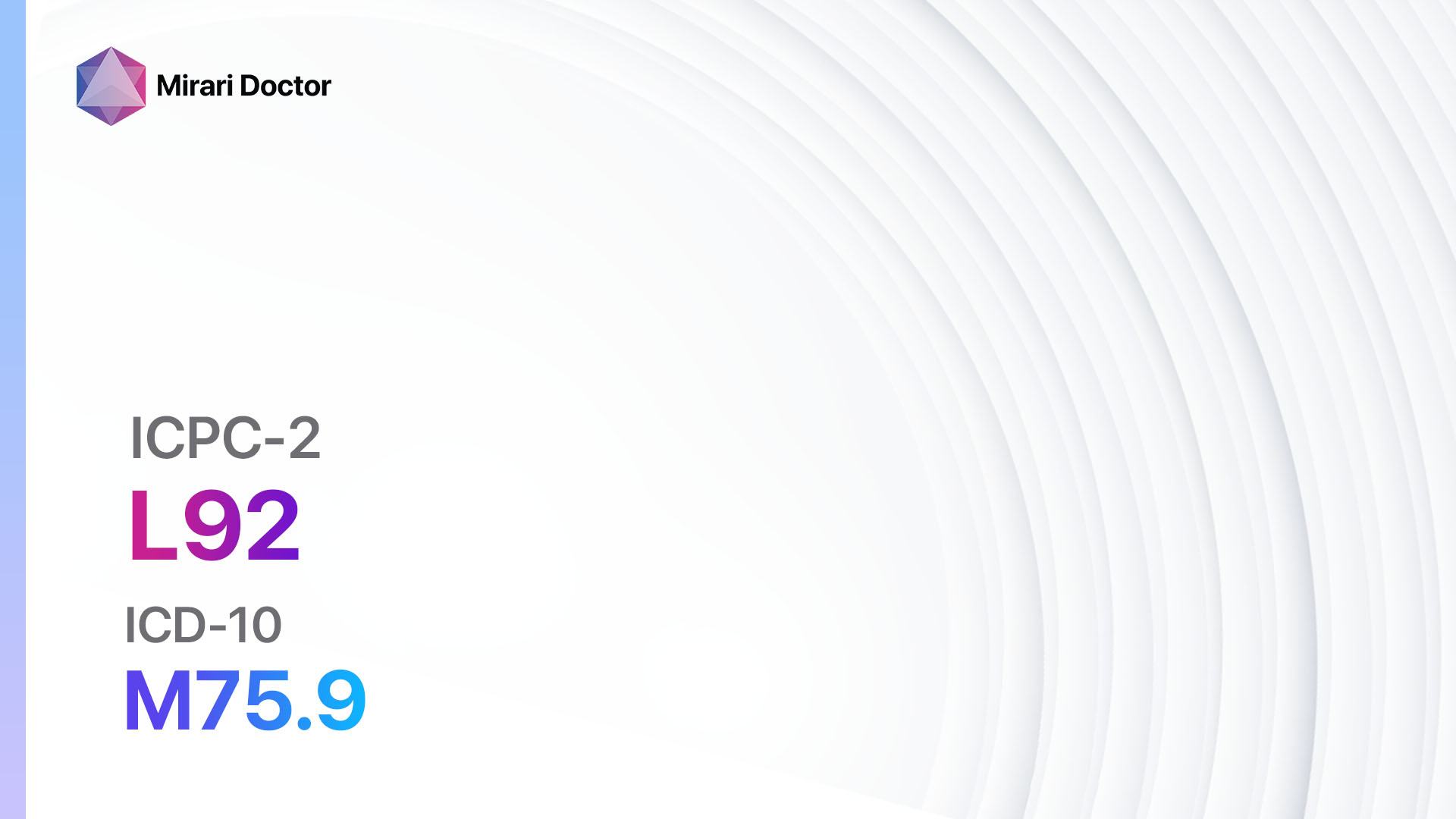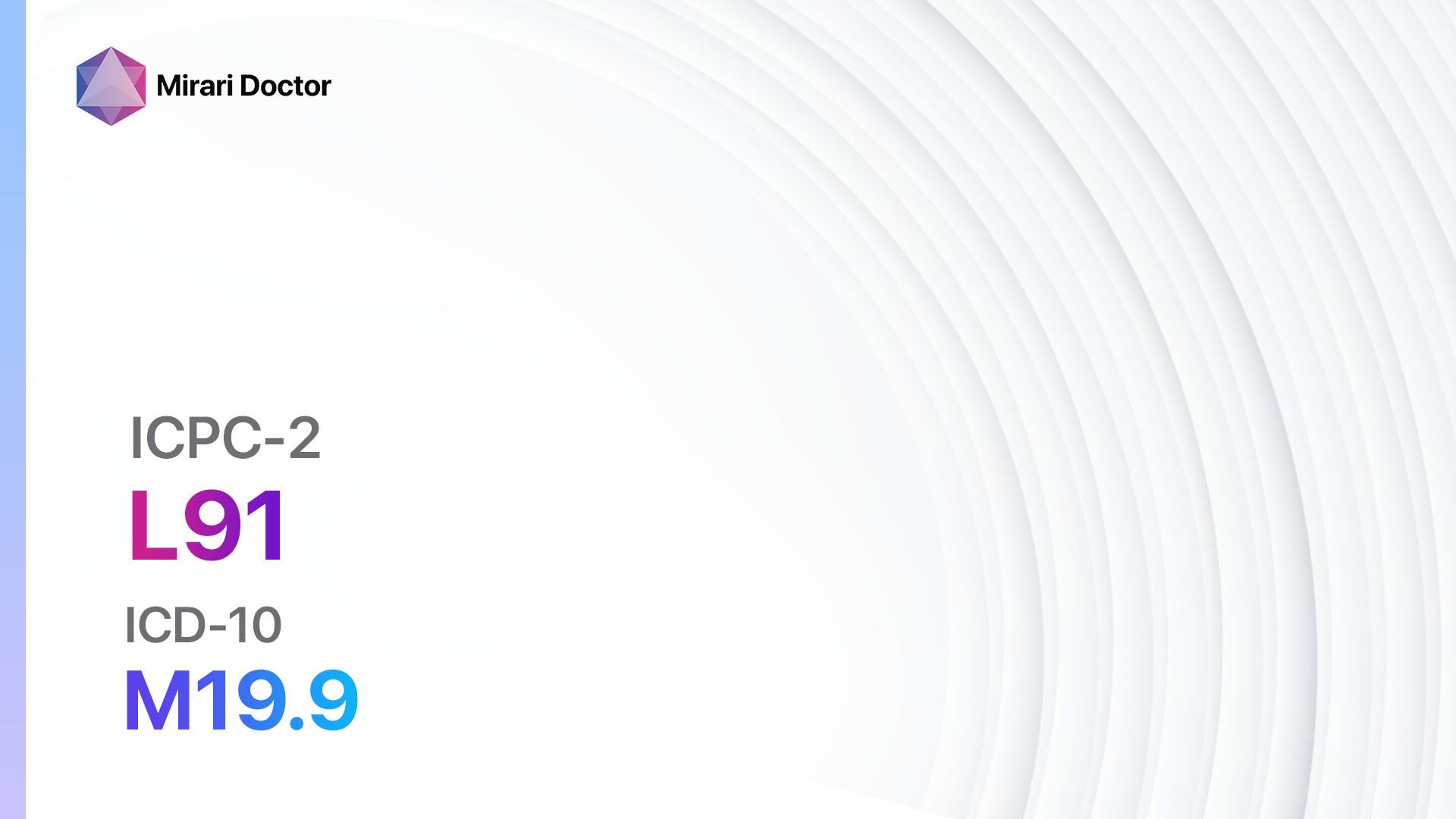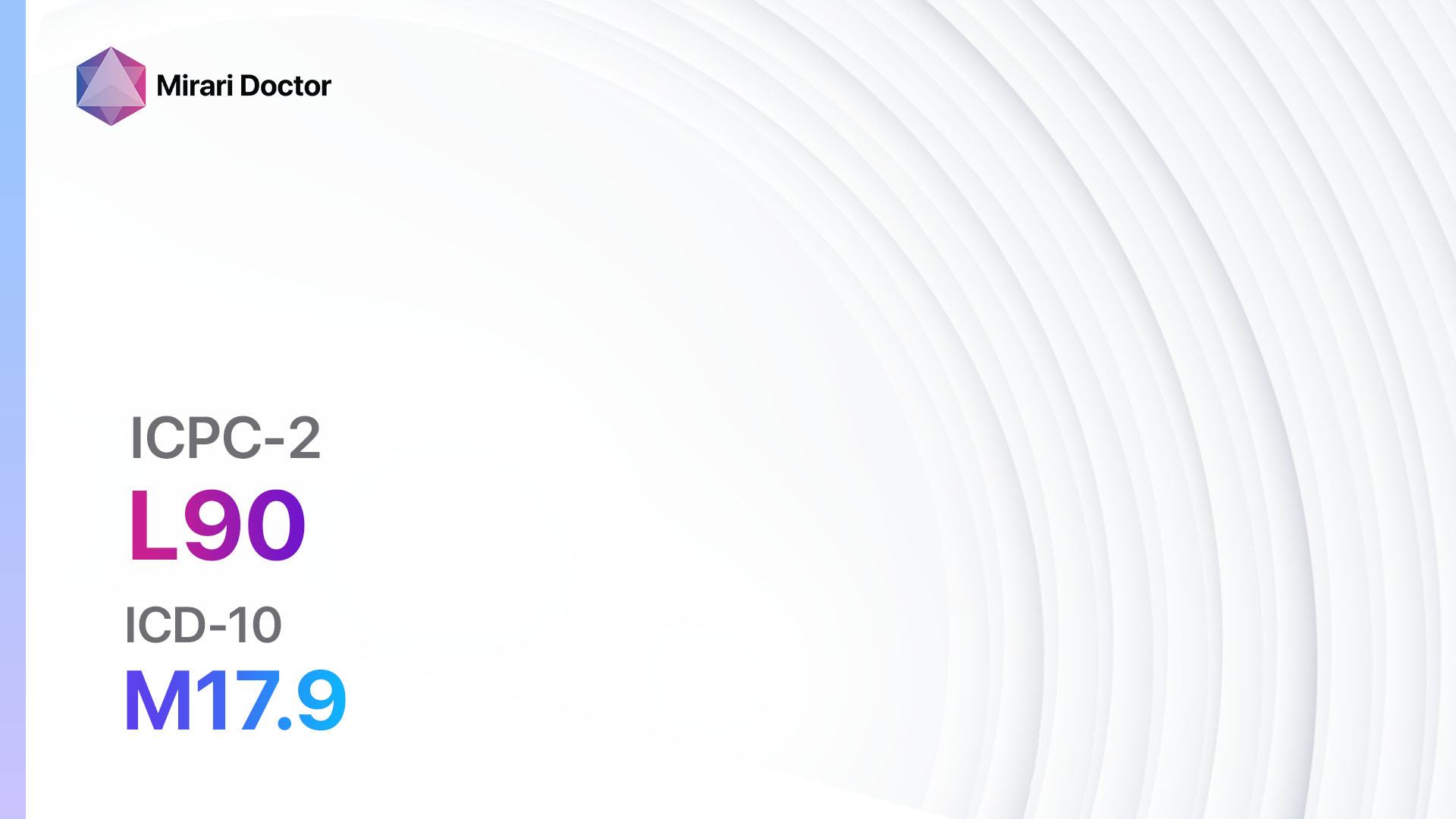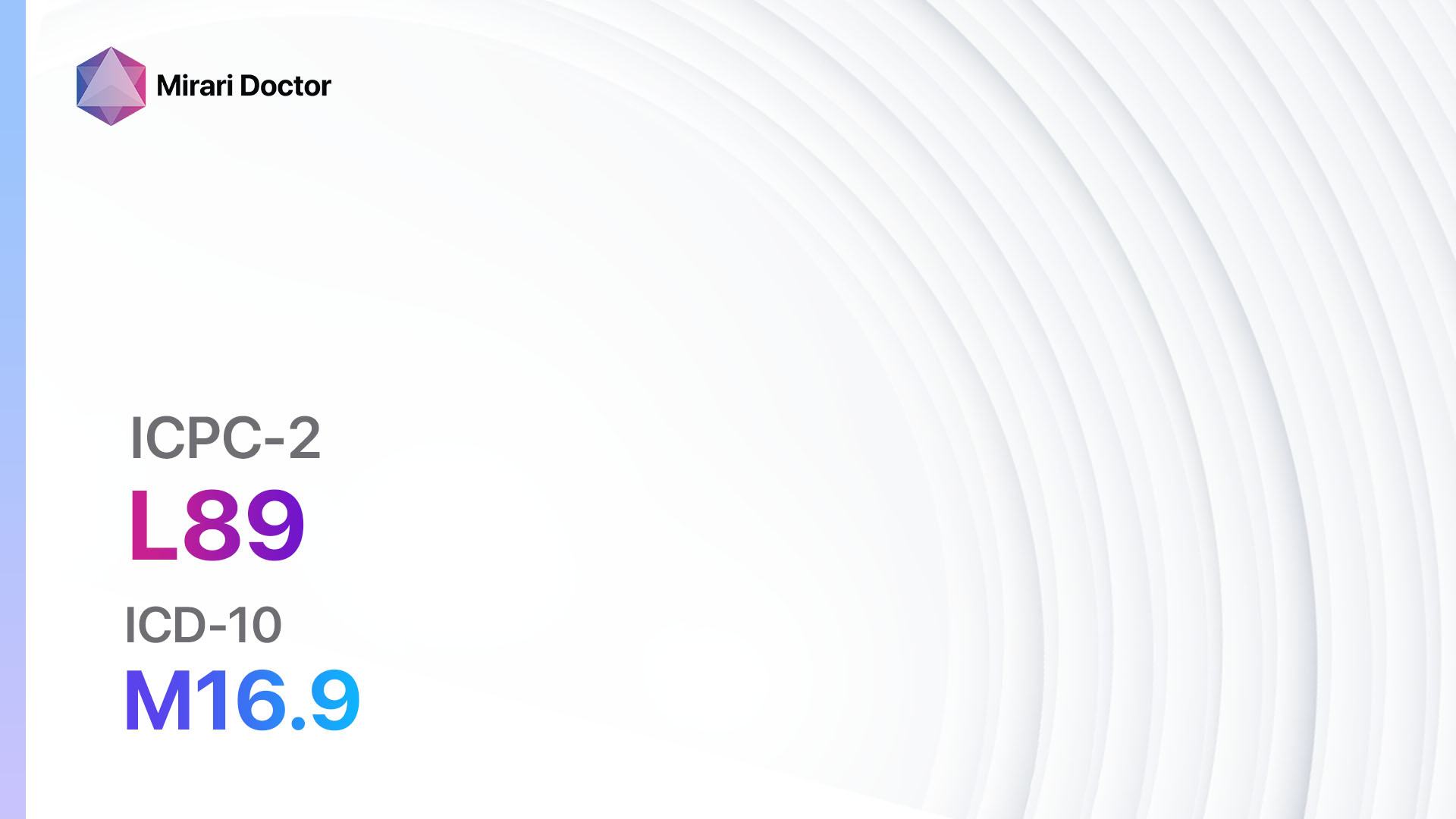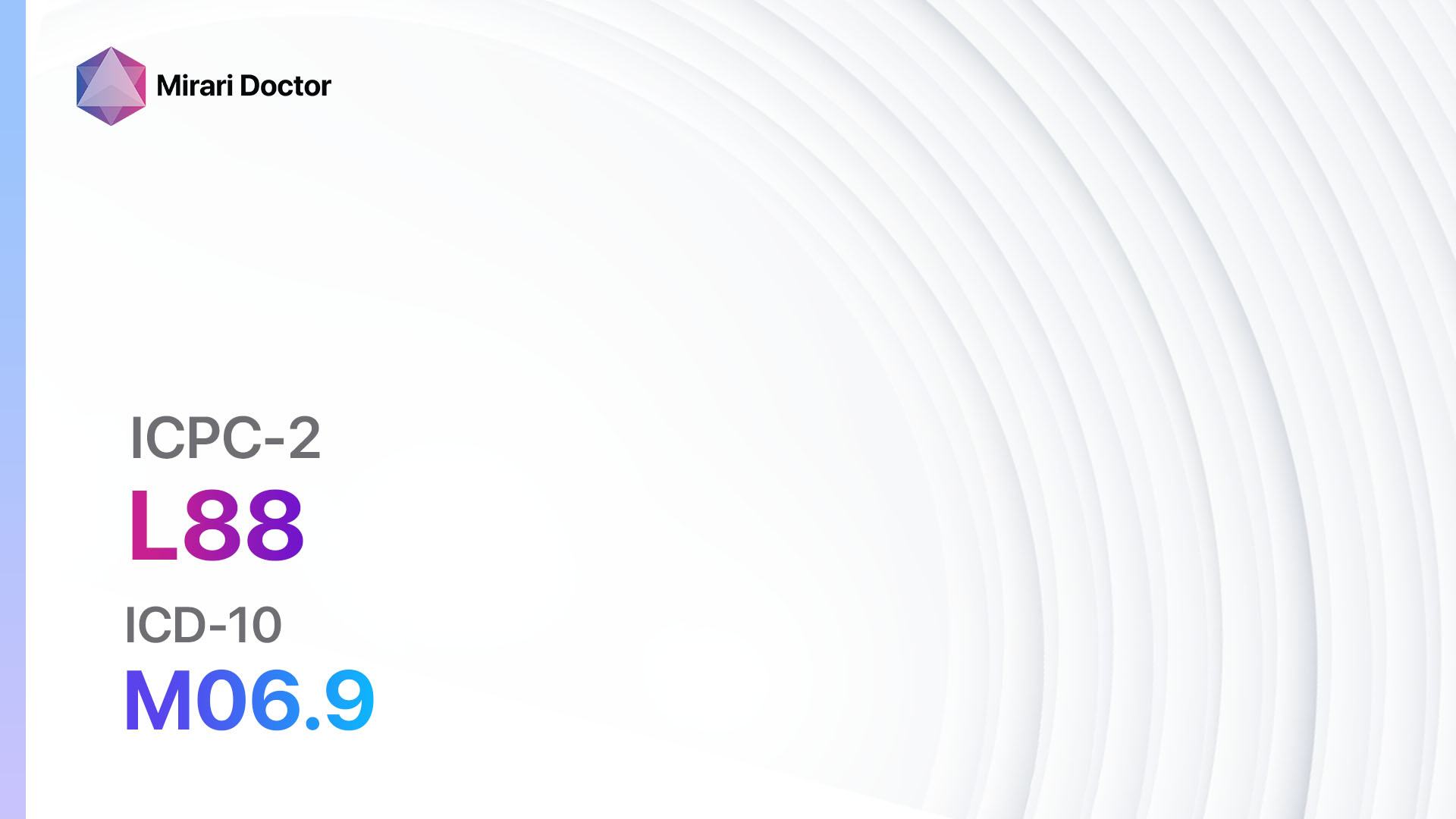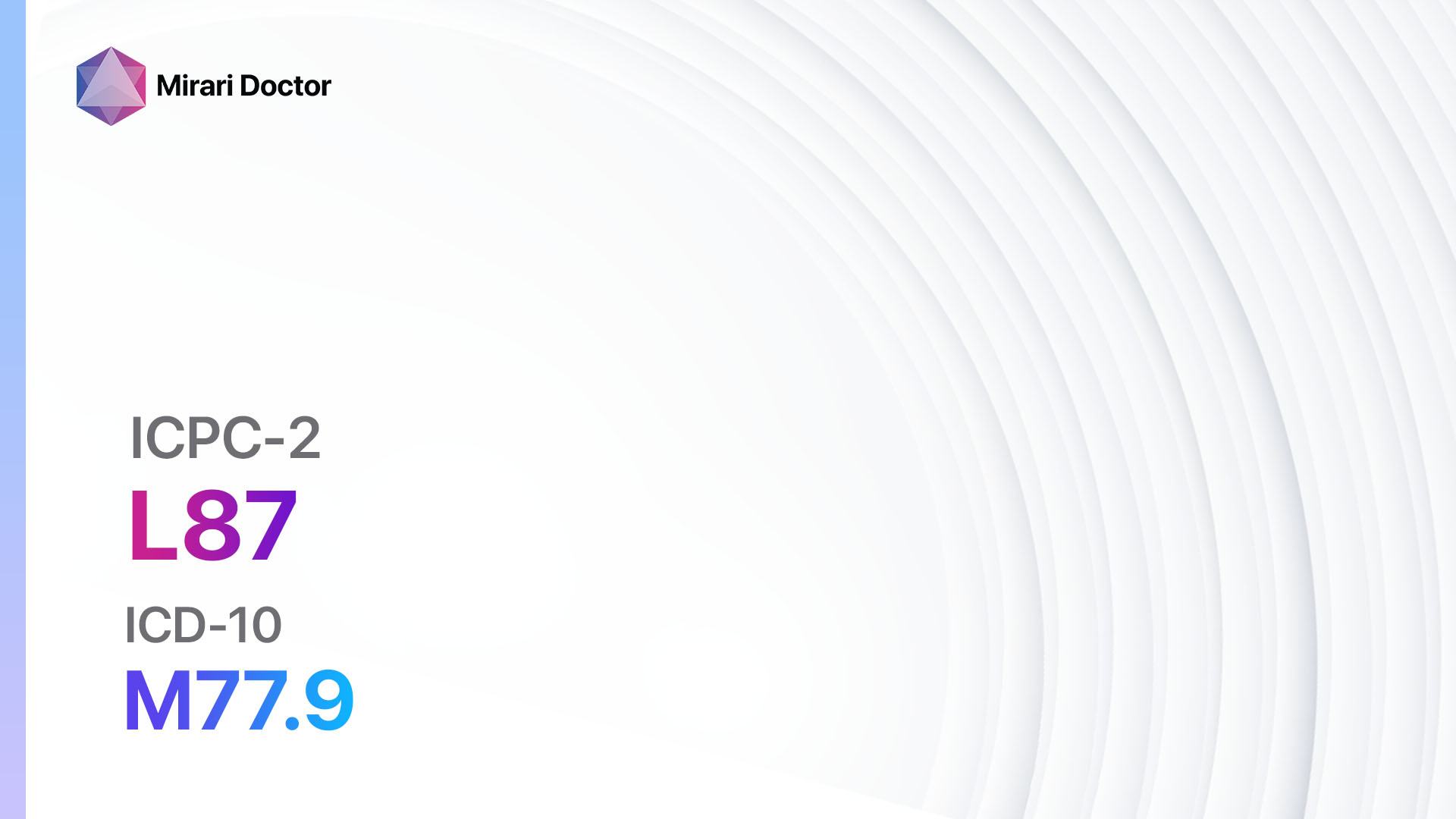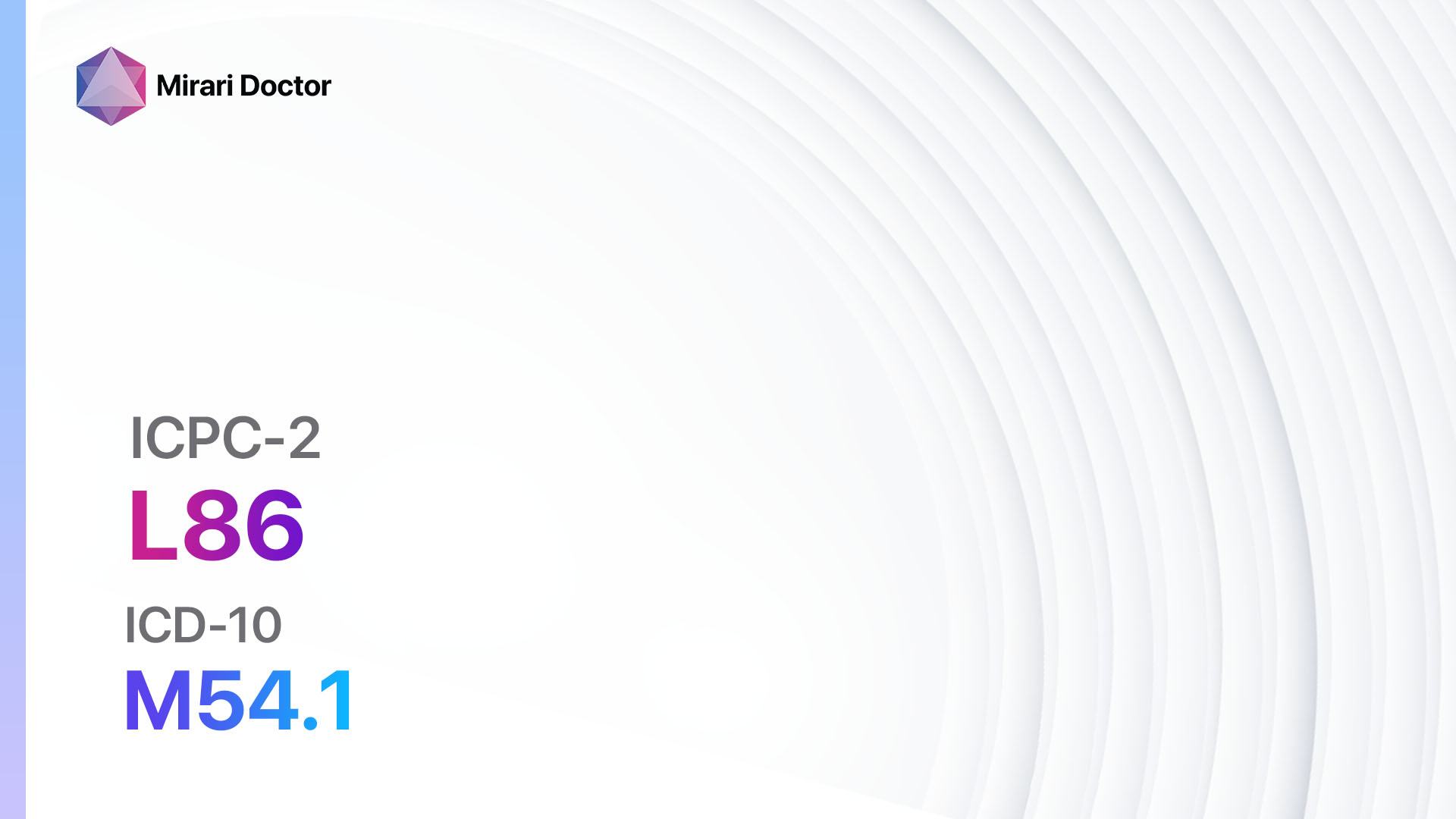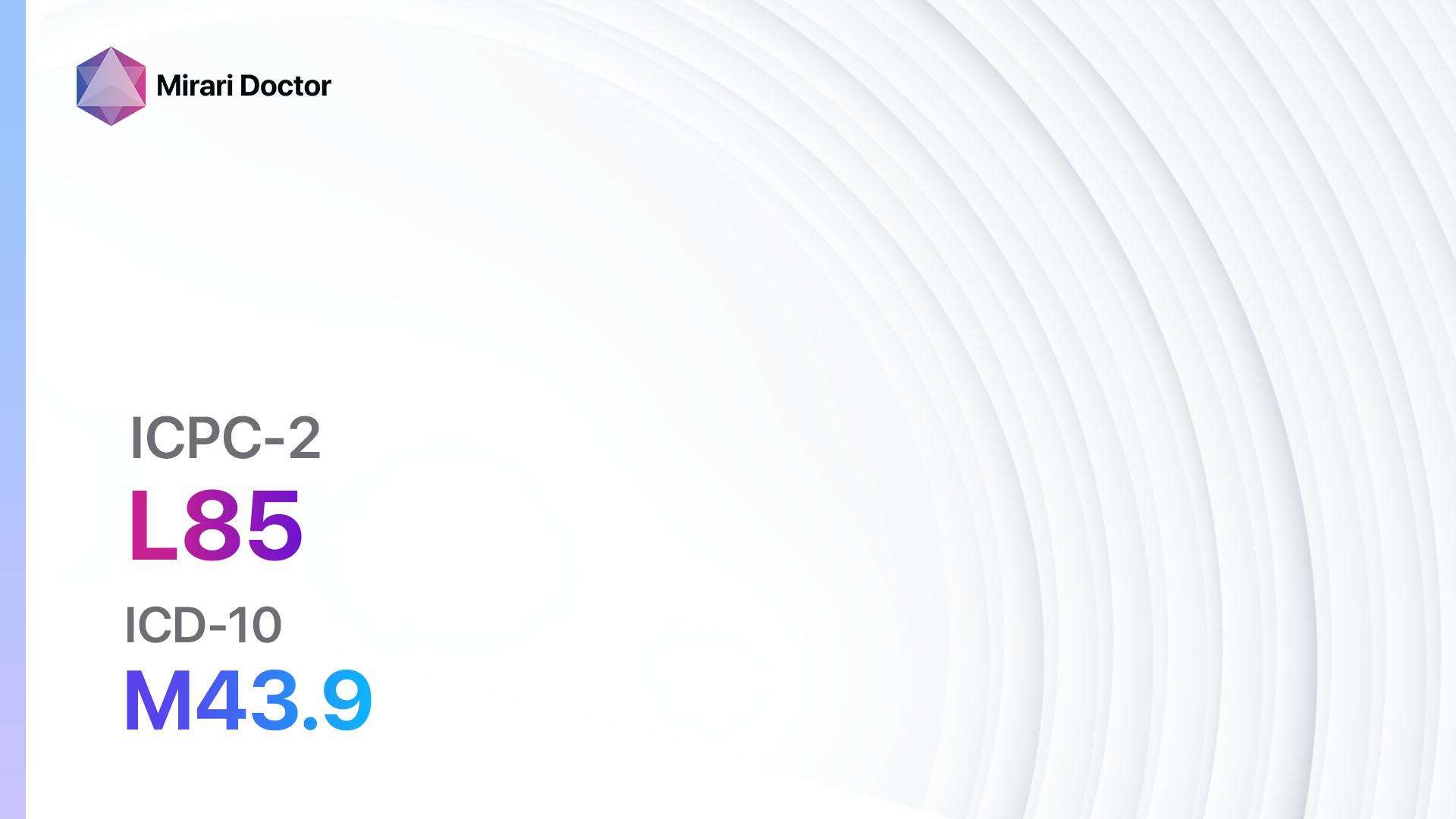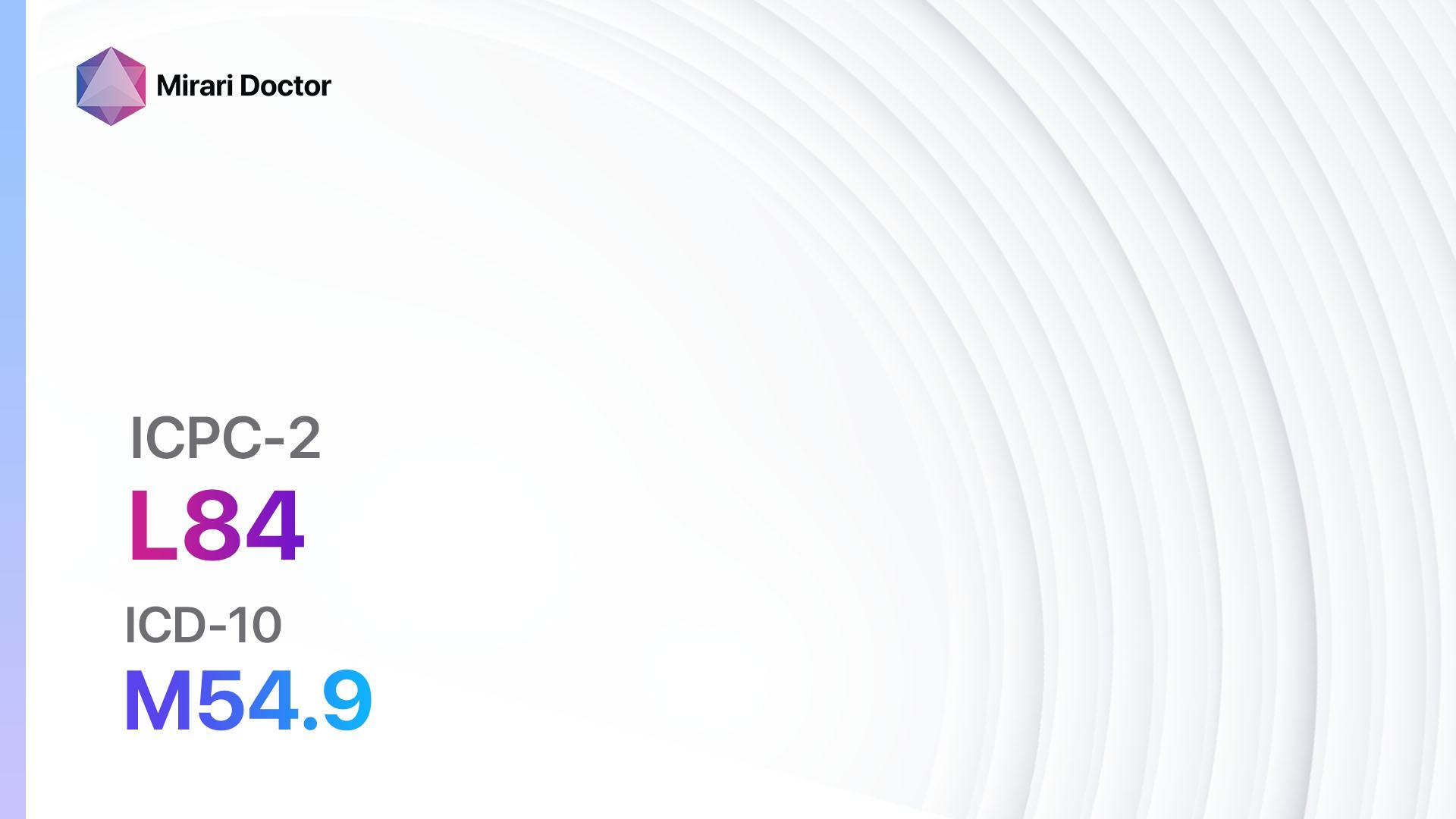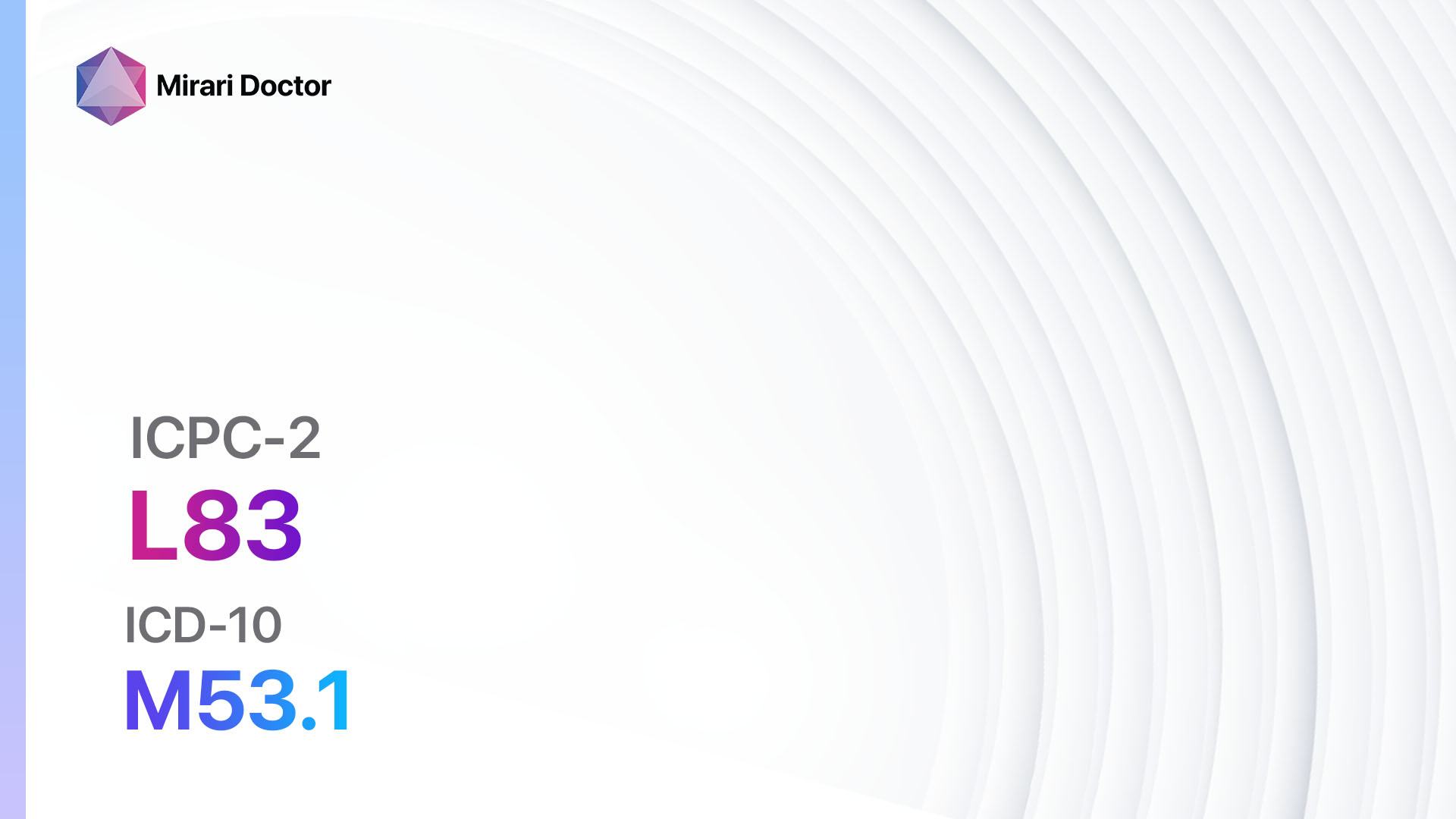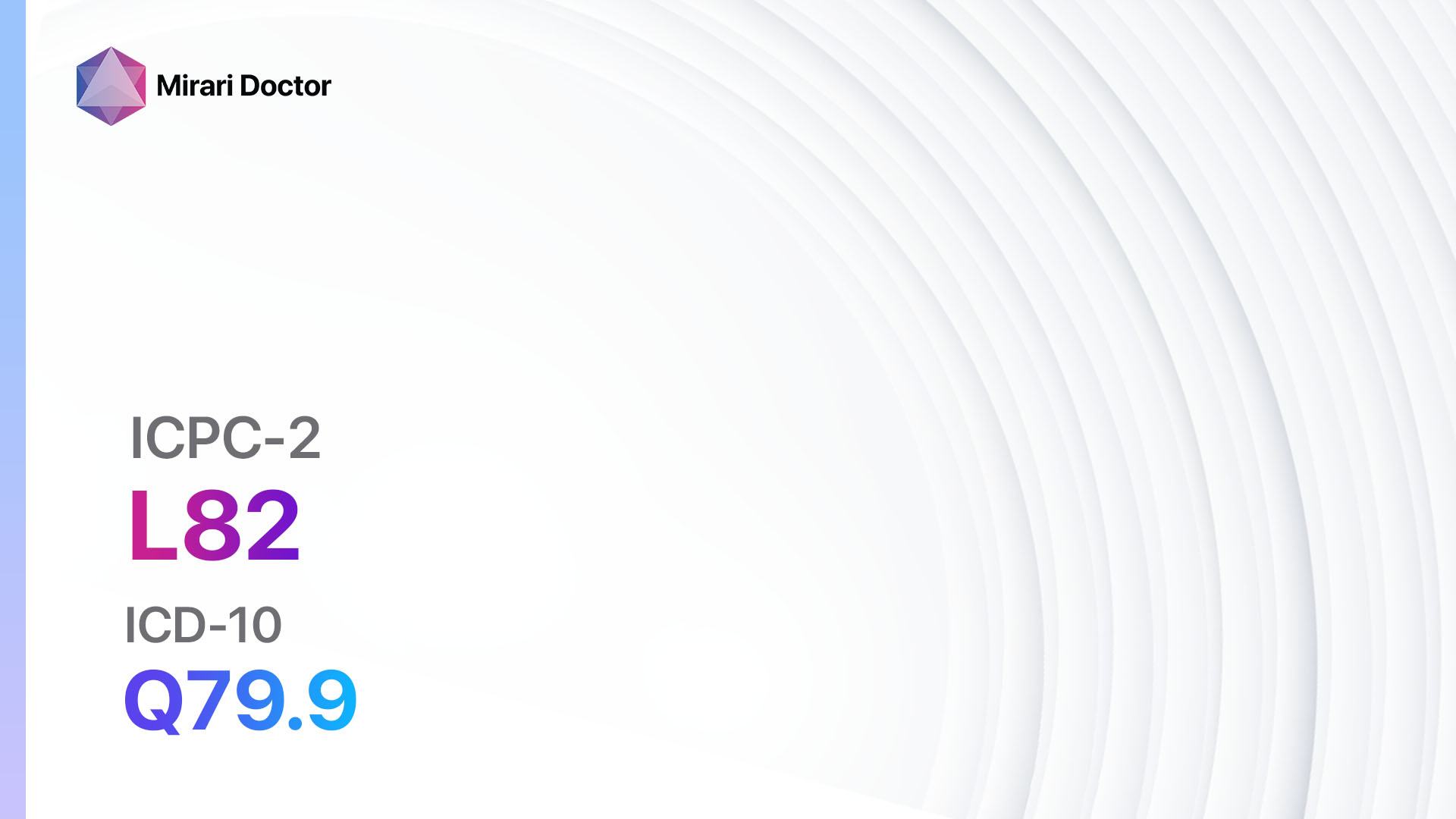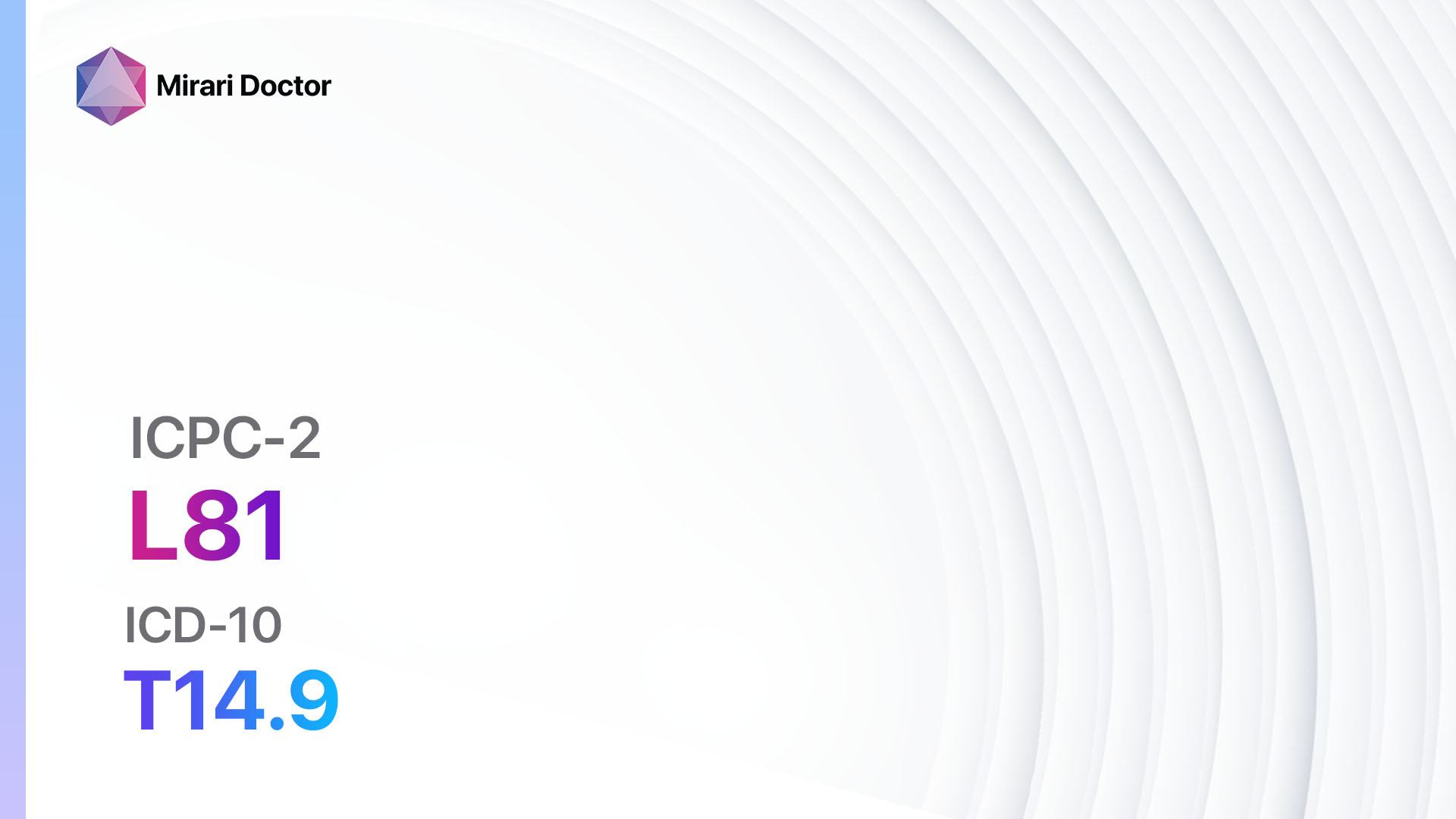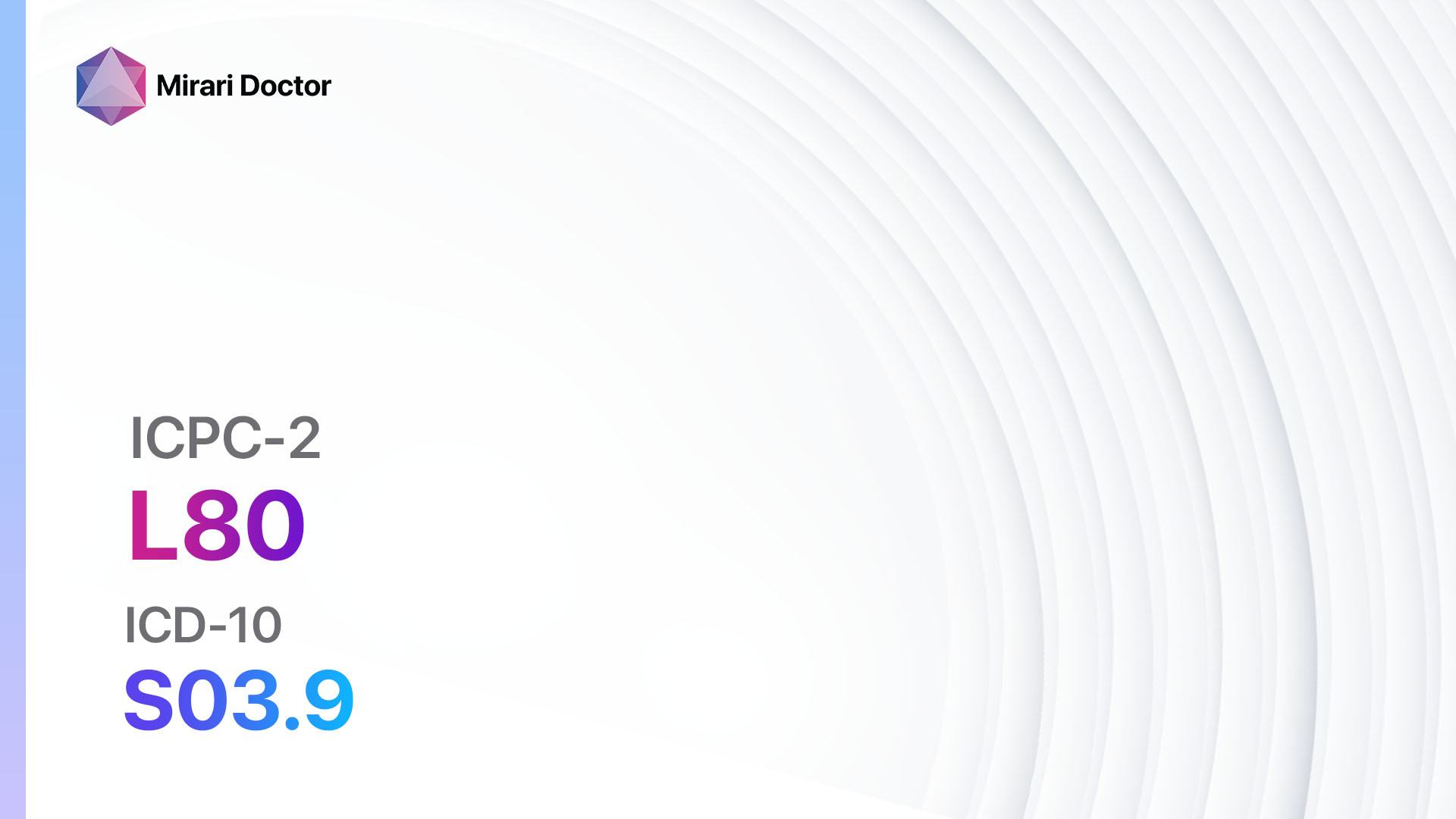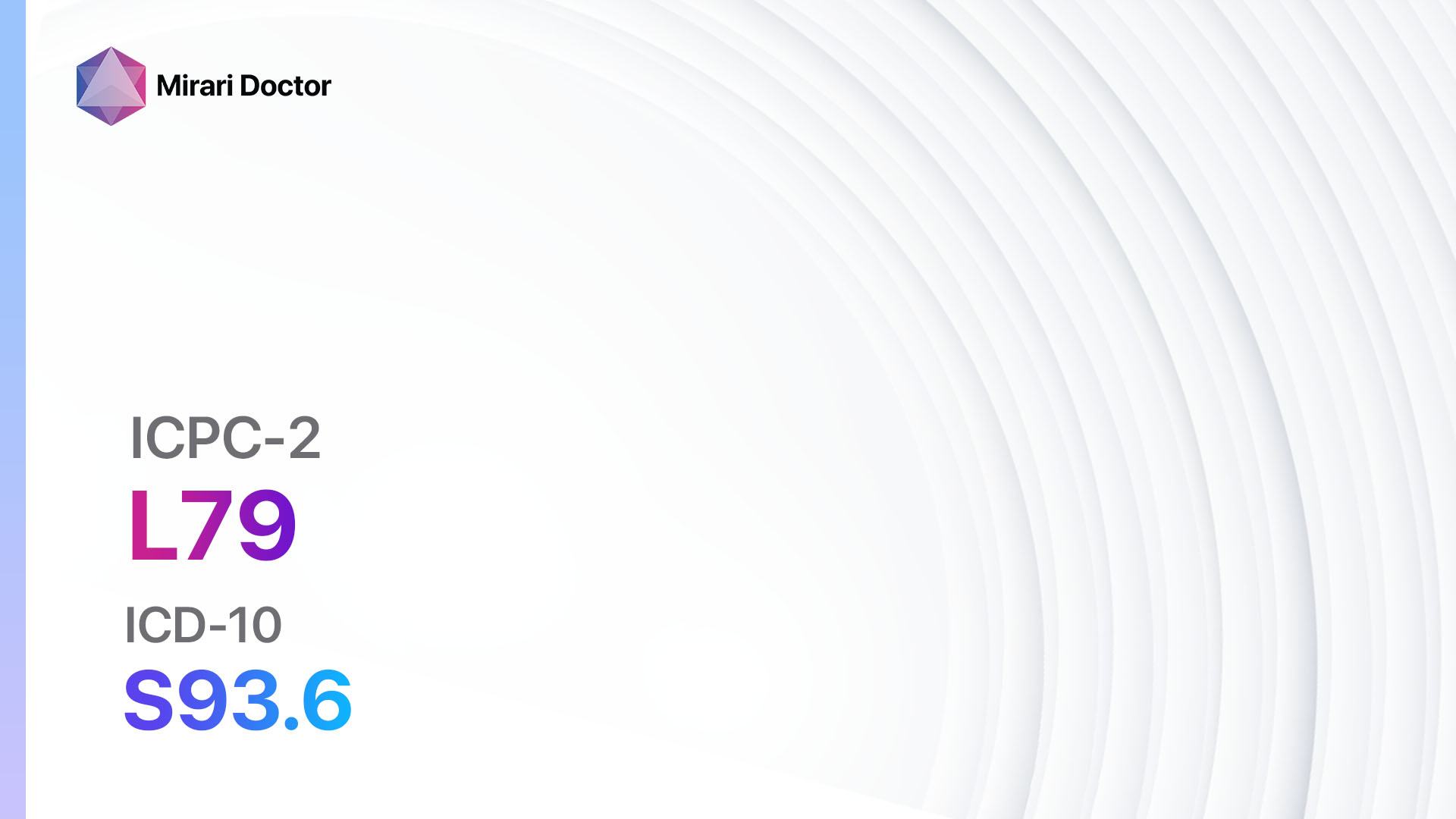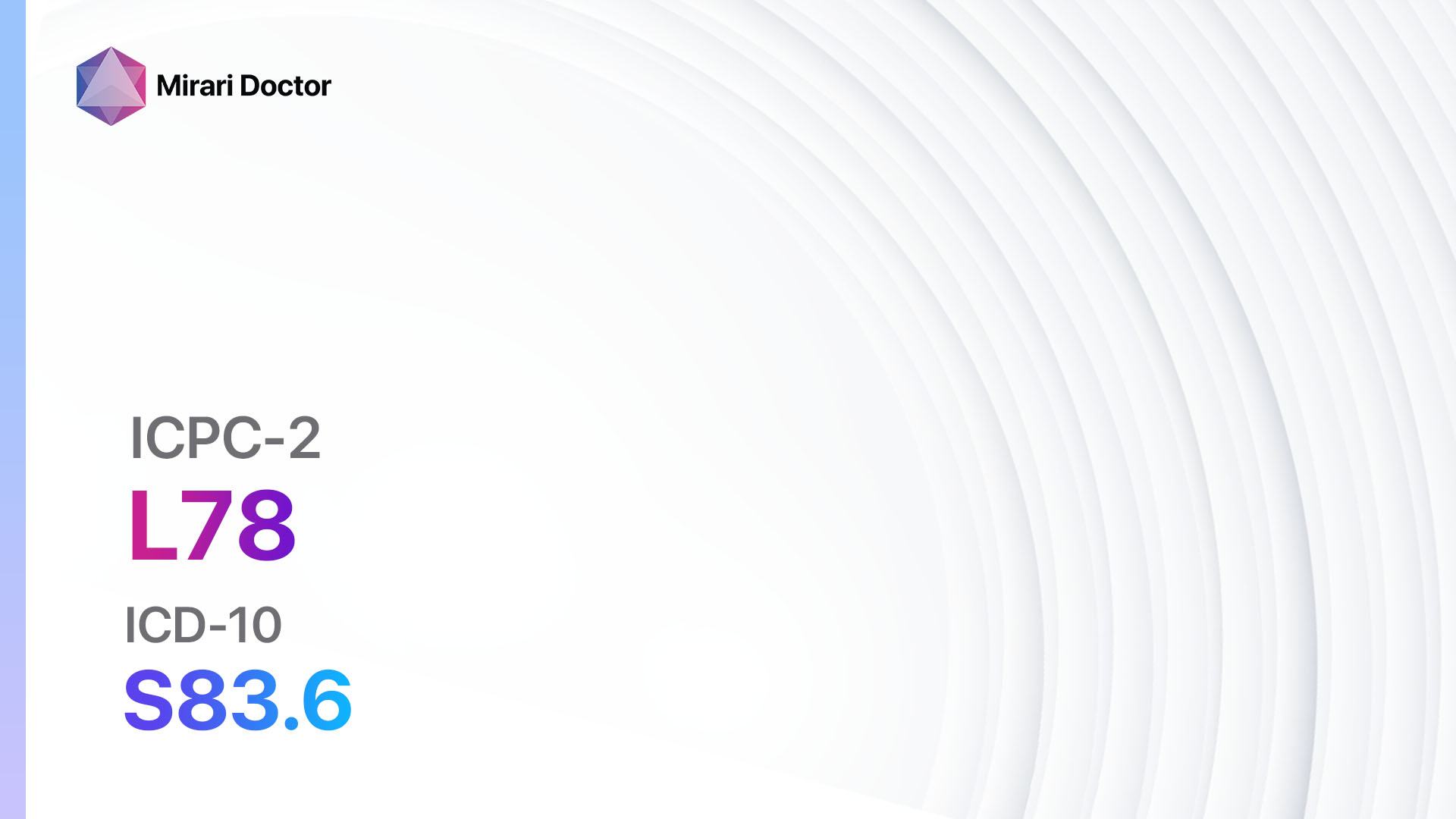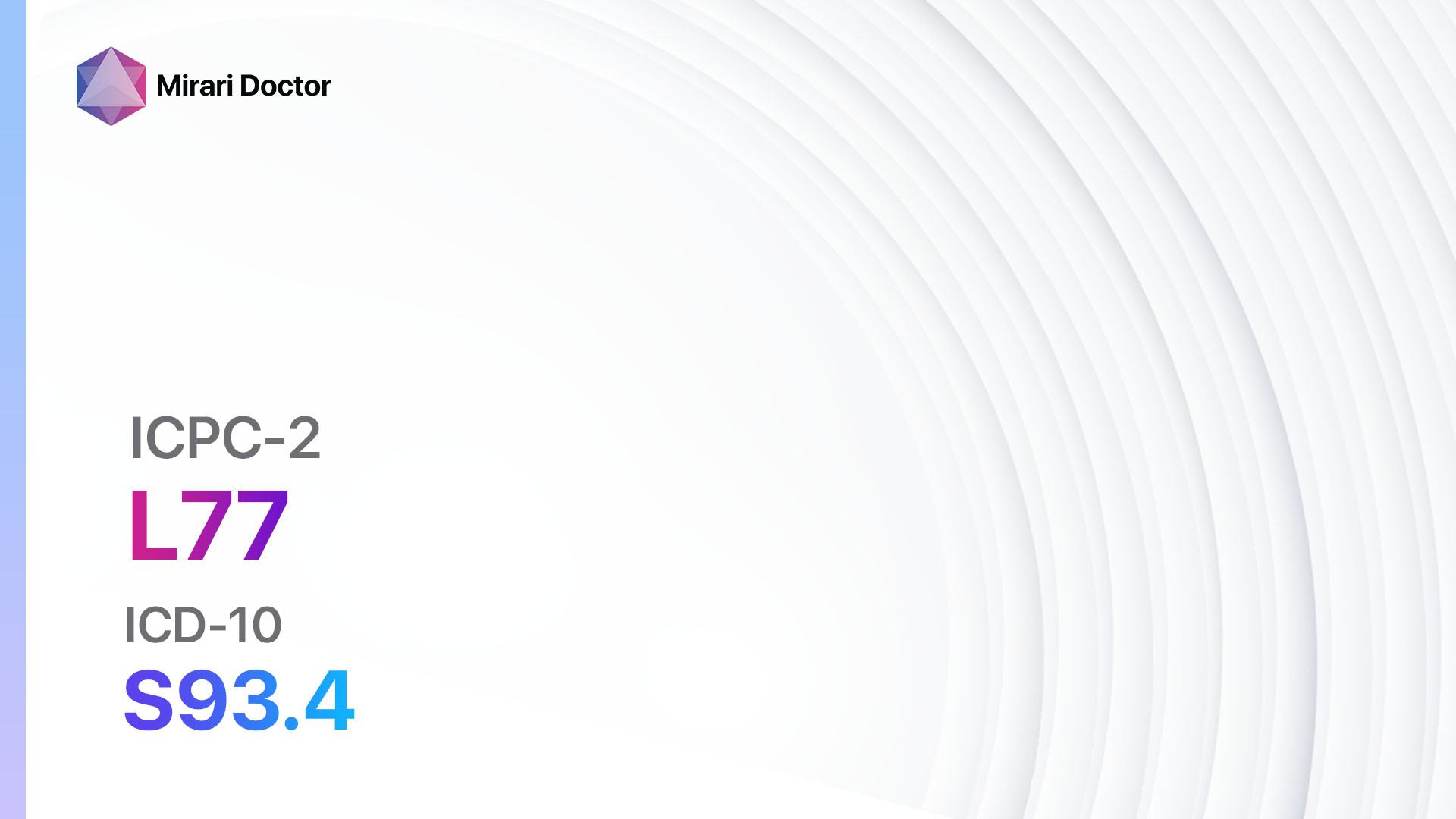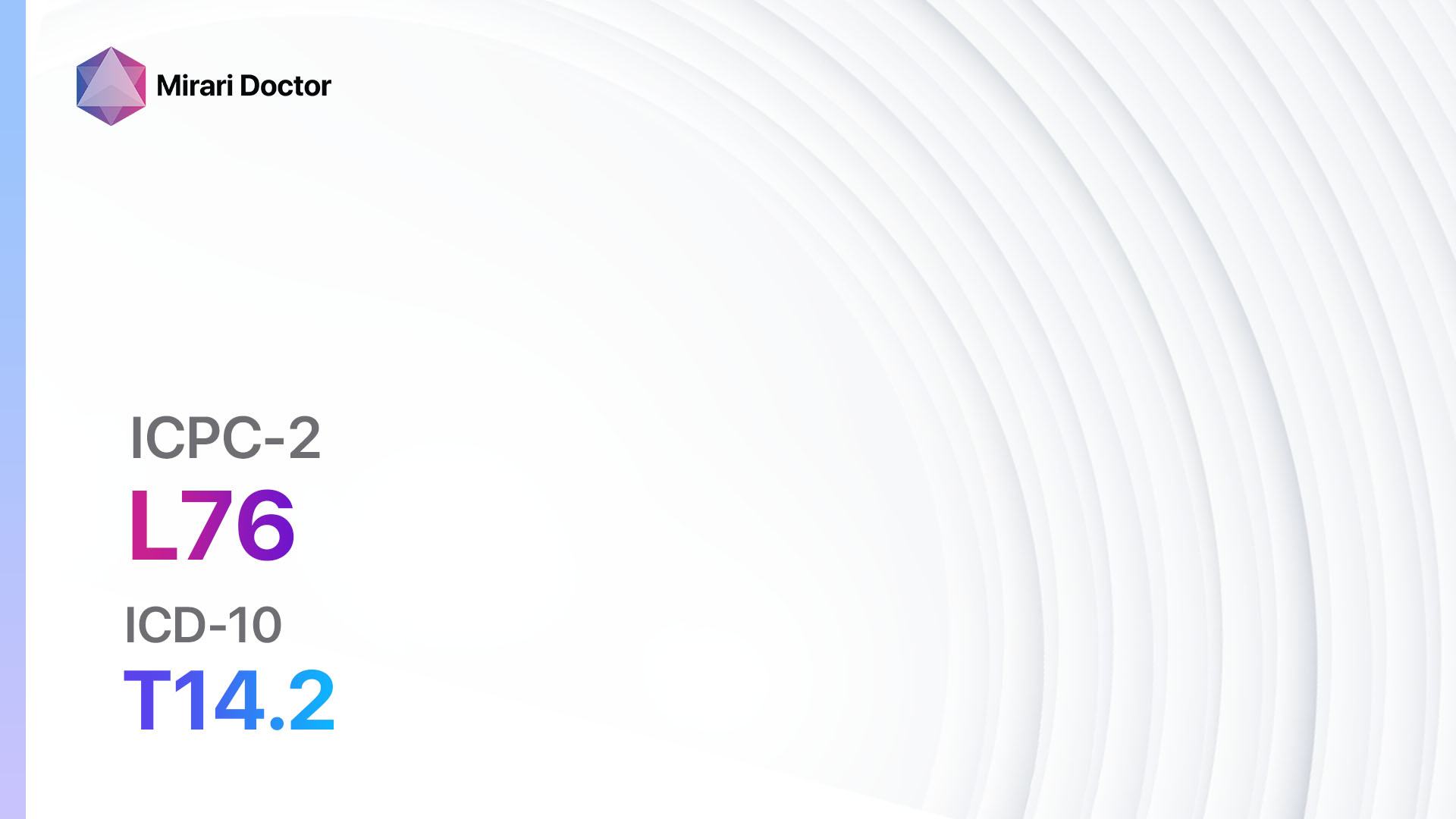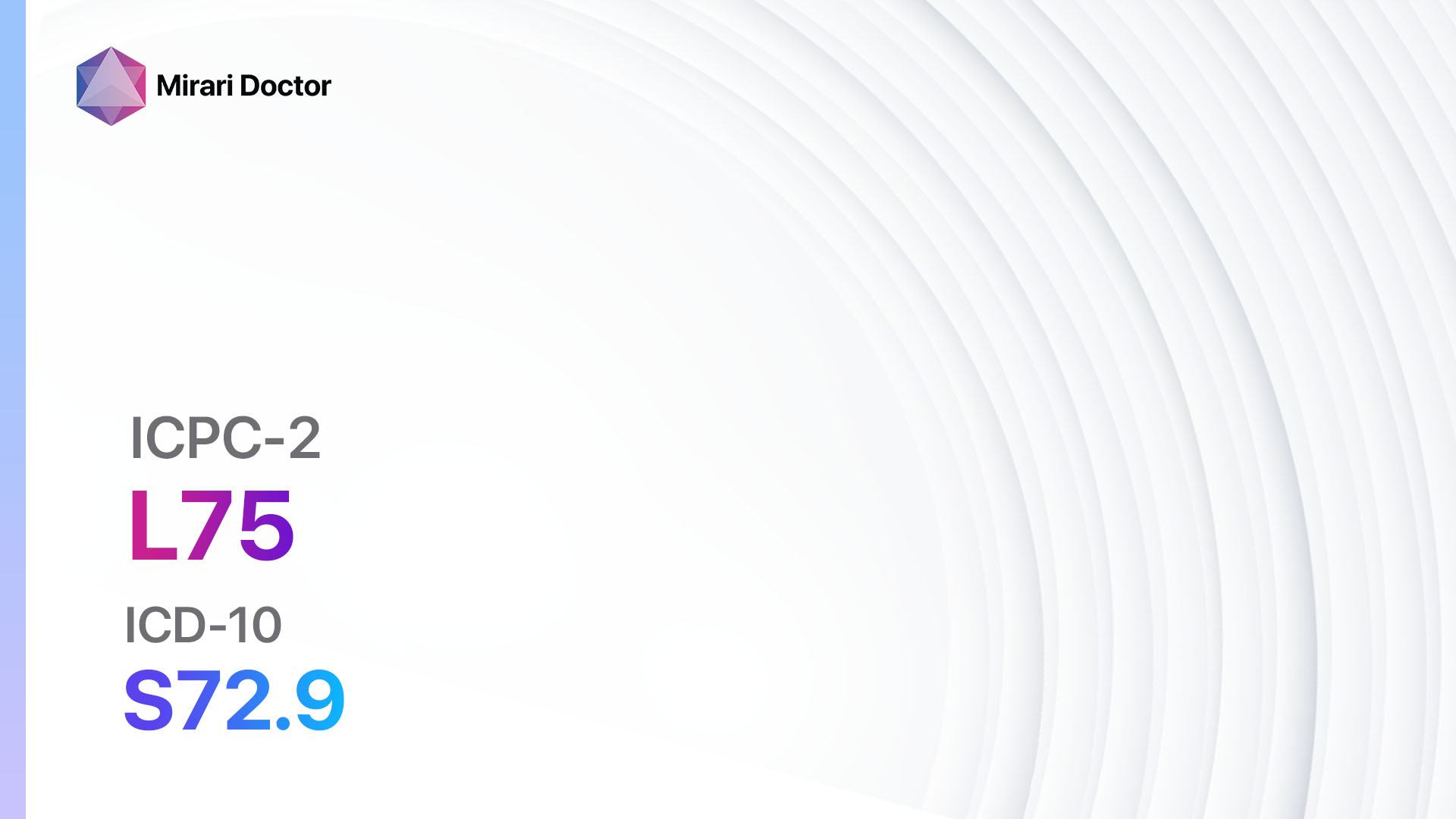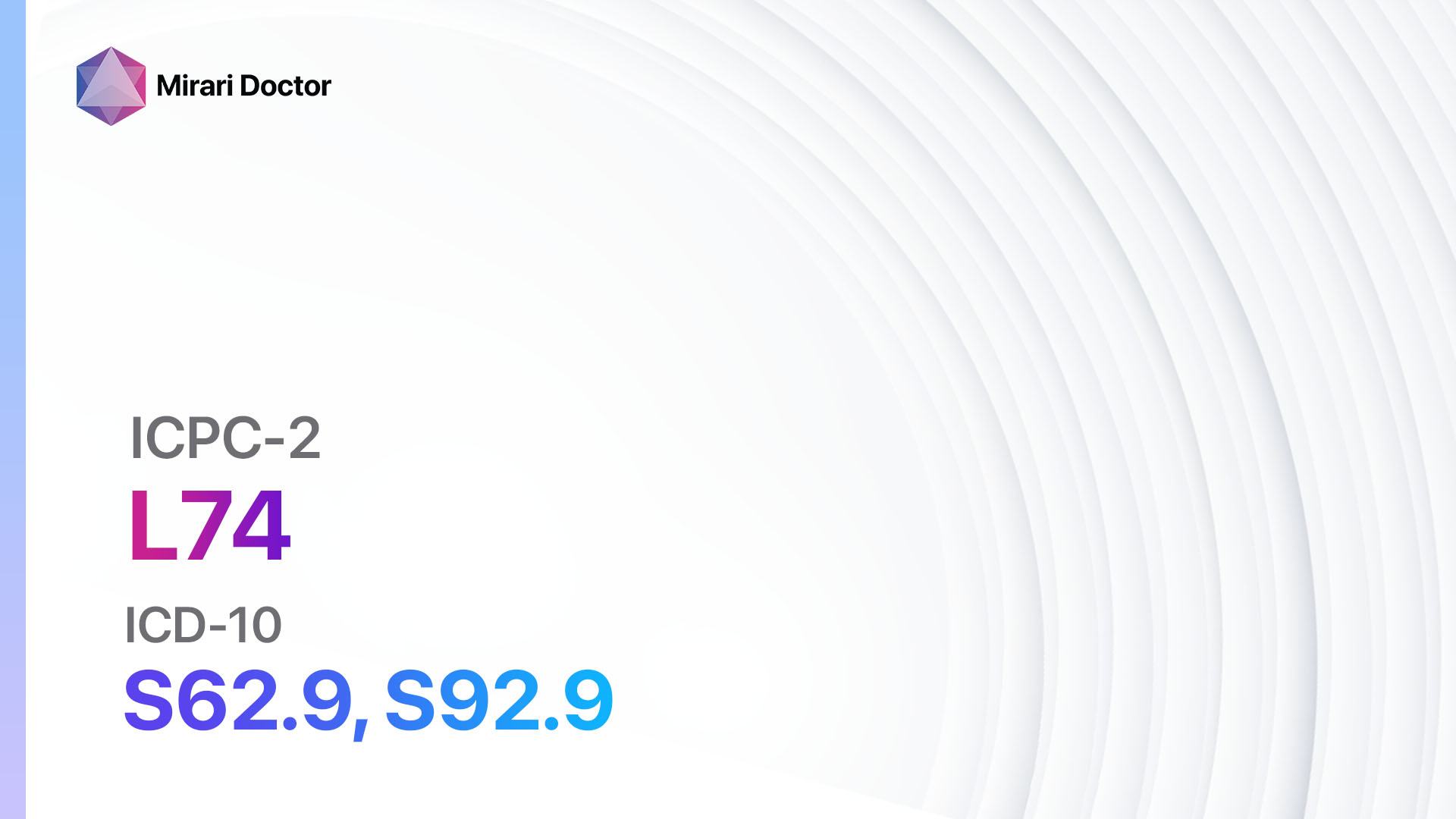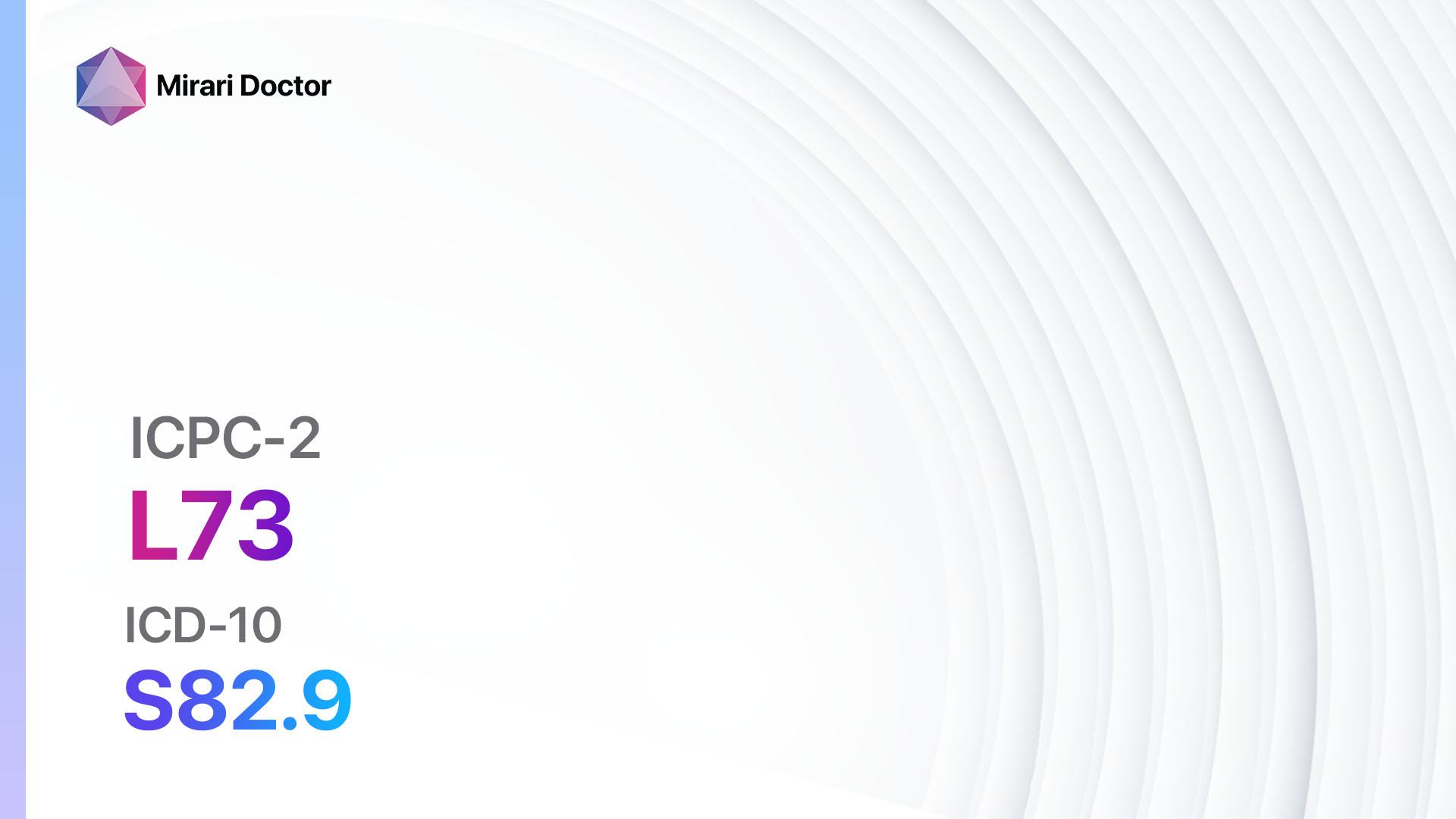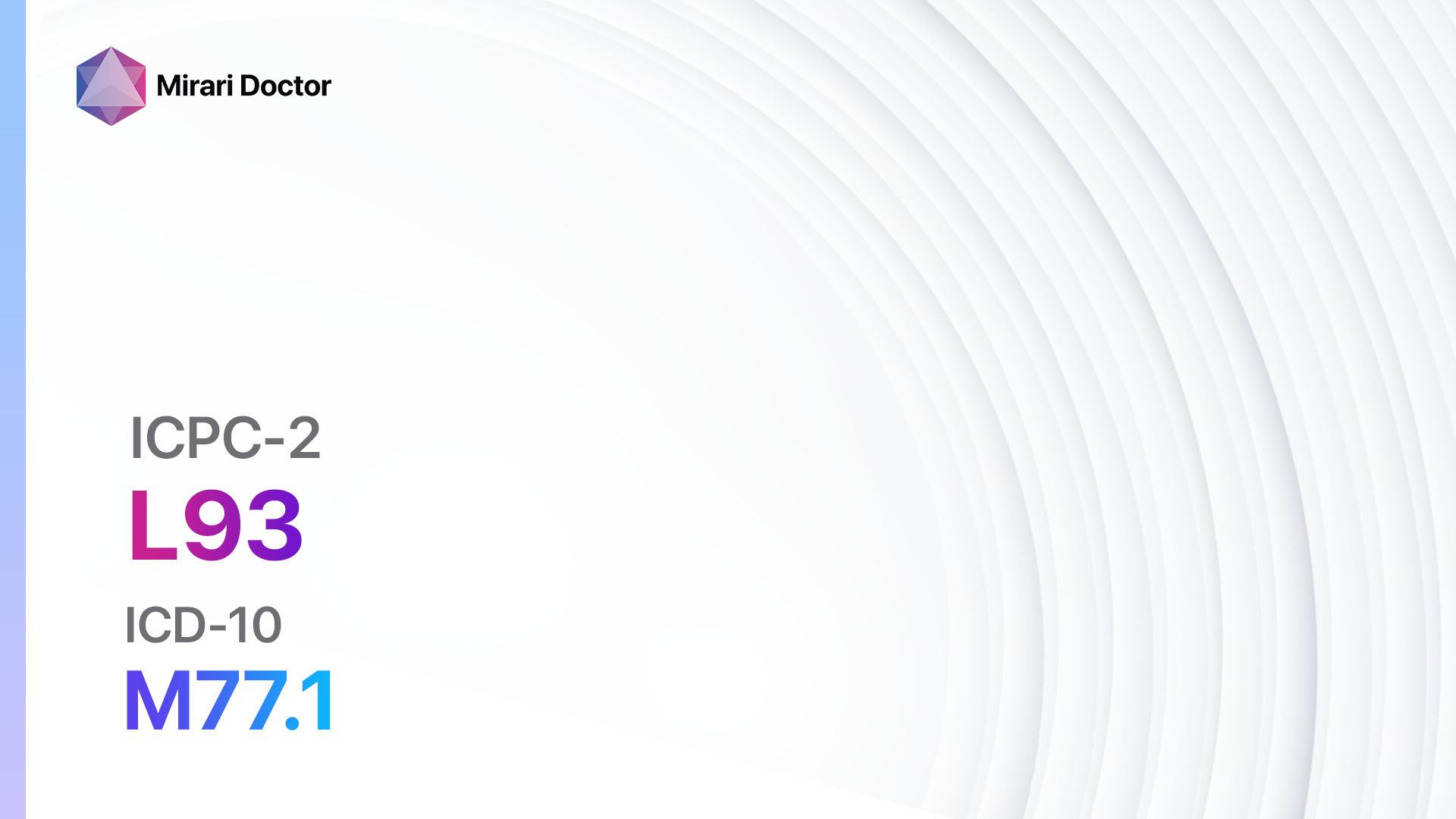
Introduction
Tennis elbow, also known as lateral epicondylitis, is a condition characterized by pain and inflammation on the outer part of the elbow. It is commonly caused by repetitive motions of the wrist and arm, such as those used in playing tennis or other racquet sports.[1] The aim of this guide is to provide a comprehensive overview of the symptoms, causes, diagnostic steps, possible interventions, and lifestyle interventions for tennis elbow.
Codes
Symptoms
- Pain on the outer part of the elbow
- Weak grip strength
- Difficulty in performing activities that involve gripping or lifting objects
- Pain that worsens with wrist extension or lifting objects[4]
Causes
- Repetitive motions of the wrist and arm, such as those used in playing tennis or other racquet sports
- Improper technique or equipment during sports activities
- Overuse of the forearm muscles
- Age-related degeneration of the tendons[5]
Diagnostic Steps
Medical History
- Gather information about the patient’s occupation and recreational activities
- Identify any previous injuries or trauma to the elbow
- Determine the duration and severity of symptoms
- Assess any aggravating factors or activities that worsen the pain[6]
Physical Examination
- Palpate the outer part of the elbow for tenderness or swelling
- Assess grip strength and range of motion of the wrist and elbow
- Perform specific tests, such as the Cozen’s test or Mill’s test, to reproduce the pain[7]
Laboratory Tests
- No specific laboratory tests are required for the diagnosis of tennis elbow
Diagnostic Imaging
- X-rays: May be done to rule out other conditions, such as fractures or arthritis
- Ultrasound: Can help visualize the tendons and assess for any tears or inflammation
- MRI: May be recommended if there is suspicion of severe tendon damage or to evaluate for other possible causes of elbow pain[8]
Other Tests
- Electromyography (EMG): May be done to assess the function of the muscles and nerves in the forearm
- Nerve conduction studies: Can help evaluate for any nerve involvement or compression[9]
Follow-up and Patient Education
- Schedule a follow-up appointment to assess the response to treatment
- Educate the patient about the importance of rest, proper technique, and gradual return to activities
- Provide information on self-care measures, such as ice application and stretching exercises[10]
Possible Interventions
Traditional Interventions
Medications:
Top 5 drugs for Tennis elbow:
- Nonsteroidal anti-inflammatory drugs (NSAIDs) (e.g., Ibuprofen, Naproxen):
- Cost: Generic versions can be $3-$20/month.
- Contraindications: History of gastrointestinal bleeding, kidney disease.
- Side effects: Upset stomach, heartburn, dizziness.
- Severe side effects: Stomach ulcers, kidney damage, allergic reactions.
- Drug interactions: Blood thinners, ACE inhibitors.
- Warning: Prolonged use may increase the risk of cardiovascular events.
- Topical NSAIDs (e.g., Diclofenac gel):
- Cost: $10-$30 per tube.
- Contraindications: Hypersensitivity to NSAIDs, open wounds or skin infections.
- Side effects: Skin irritation, rash.
- Severe side effects: Allergic reactions, skin burns.
- Drug interactions: None reported.
- Warning: Avoid contact with eyes and mucous membranes.
- Corticosteroid injections (e.g., Triamcinolone):
- Cost: $50-$100 per injection.
- Contraindications: Local infection, bleeding disorders.
- Side effects: Temporary increase in pain, skin discoloration.
- Severe side effects: Tendon rupture, nerve damage.
- Drug interactions: None reported.
- Warning: Limit the number of injections to avoid tendon weakening.
- Platelet-rich plasma (PRP) injections:
- Cost: $500-$1000 per injection.
- Contraindications: Active infection, bleeding disorders.
- Side effects: Temporary increase in pain, swelling.
- Severe side effects: Infection, nerve damage.
- Drug interactions: None reported.
- Warning: Limited evidence for its effectiveness.
- Muscle relaxants (e.g., Cyclobenzaprine):
- Cost: Generic versions can be $10-$30/month.
- Contraindications: Glaucoma, urinary retention.
- Side effects: Drowsiness, dry mouth.
- Severe side effects: Irregular heartbeat, hallucinations.
- Drug interactions: Sedatives, monoamine oxidase inhibitors.
- Warning: Avoid alcohol and activities requiring mental alertness.
Alternative Drugs:
- Acetaminophen: Over-the-counter pain reliever. Cost: $5-$10/month.
- Capsaicin cream: Topical cream that may help relieve pain. Cost: $10-$20 per tube.
- Gabapentin: Anticonvulsant medication that may help with nerve-related pain. Cost: $10-$50/month.
- Tricyclic antidepressants (e.g., Amitriptyline): May help with chronic pain. Cost: $10-$30/month.
- Lidocaine patches: Topical patches that provide localized pain relief. Cost: $20-$50 per box.
Surgical Procedures:
- Tennis elbow release surgery: Involves removing damaged tendon tissue and repairing any tears. Cost: $5,000-$10,000.
Alternative Interventions
- Physical therapy: Includes exercises to strengthen the forearm muscles and improve flexibility. Cost: $50-$150 per session.
- Bracing or splinting: Provides support and reduces strain on the affected tendons. Cost: $20-$100 per brace.
- Extracorporeal shockwave therapy: Uses high-energy sound waves to stimulate healing. Cost: $100-$500 per session.
- Acupuncture: May help reduce pain and improve blood flow. Cost: $60-$120 per session.
- Prolotherapy: Involves injecting a solution to stimulate tissue repair. Cost: $100-$500 per session.
Lifestyle Interventions
- Rest and modification of activities: Avoid activities that worsen the pain and allow time for healing.
- Ergonomic modifications: Ensure proper technique and equipment during sports or work activities.
- Stretching and strengthening exercises: Improve flexibility and strengthen the forearm muscles.
- Ice application: Apply ice to the affected area for 15-20 minutes several times a day.
- Heat therapy: Use heat packs or warm towels to relax the muscles and reduce pain.
It is important to note that the cost ranges provided are approximate and may vary depending on the location and availability of the interventions.
Mirari Cold Plasma Alternative Intervention
Understanding Mirari Cold Plasma
- Safe and Non-Invasive Treatment: Mirari Cold Plasma is a safe and non-invasive treatment option for various skin conditions. It does not require incisions, minimizing the risk of scarring, bleeding, or tissue damage.
- Efficient Extraction of Foreign Bodies: Mirari Cold Plasma facilitates the removal of foreign bodies from the skin by degrading and dissociating organic matter, allowing easier access and extraction.
- Pain Reduction and Comfort: Mirari Cold Plasma has a local analgesic effect, providing pain relief during the treatment, making it more comfortable for the patient.
- Reduced Risk of Infection: Mirari Cold Plasma has antimicrobial properties, effectively killing bacteria and reducing the risk of infection.
- Accelerated Healing and Minimal Scarring: Mirari Cold Plasma stimulates wound healing and tissue regeneration, reducing healing time and minimizing the formation of scars.
Mirari Cold Plasma Prescription
Video instructions for using Mirari Cold Plasma Device – L93 Tennis elbow (ICD-10:M77.1)
| Mild | Moderate | Severe |
| Mode setting: 2 (Wound Healing) Location: 0 (Localized) Morning: 15 minutes, Evening: 15 minutes |
Mode setting: 2 (Wound Healing) Location: 0 (Localized) Morning: 30 minutes, Lunch: 30 minutes, Evening: 30 minutes |
Mode setting: 2 (Wound Healing) Location: 0 (Localized) Morning: 30 minutes, Lunch: 30 minutes, Evening: 30 minutes |
| Mode setting: 9 (Arthritis) Location: 0 (Localized) Morning: 15 minutes, Evening: 15 minutes |
Mode setting: 9 (Arthritis) Location: 0 (Localized) Morning: 30 minutes, Lunch: 30 minutes, Evening: 30 minutes |
Mode setting: 9 (Arthritis) Location: 0 (Localized) Morning: 30 minutes, Lunch: 30 minutes, Evening: 30 minutes |
| Mode setting: 7 (Immunotherapy) Location: 1 (Sacrum) Morning: 15 minutes, Evening: 15 minutes |
Mode setting: 7 (Immunotherapy) Location: 1 (Sacrum) Morning: 30 minutes, Lunch: 30 minutes, Evening: 30 minutes |
Mode setting: 7 (Immunotherapy) Location: 1 (Sacrum) Morning: 30 minutes, Lunch: 30 minutes, Evening: 30 minutes |
| Total Morning: 45 minutes approx. $7.50 USD, Evening: 45 minutes approx. $7.50 USD |
Total Morning: 90 minutes approx. $15 USD, Lunch: 90 minutes approx. $15 USD, Evening: 90 minutes approx. $15 USD, |
Total Morning: 90 minutes approx. $15 USD, Lunch: 90 minutes approx. $15 USD, Evening: 90 minutes approx. $15 USD, |
| Usual treatment for 7-60 days approx. $105 USD – $900 USD | Usual treatment for 6-8 weeks approx. $1,890 USD – $2,520 USD |
Usual treatment for 3-6 months approx. $4,050 USD – $8,100 USD
|
 |
|
Use the Mirari Cold Plasma device to treat Tennis elbow effectively.
WARNING: MIRARI COLD PLASMA IS DESIGNED FOR THE HUMAN BODY WITHOUT ANY ARTIFICIAL OR THIRD PARTY PRODUCTS. USE OF OTHER PRODUCTS IN COMBINATION WITH MIRARI COLD PLASMA MAY CAUSE UNPREDICTABLE EFFECTS, HARM OR INJURY. PLEASE CONSULT A MEDICAL PROFESSIONAL BEFORE COMBINING ANY OTHER PRODUCTS WITH USE OF MIRARI.
Step 1: Cleanse the Skin
- Start by cleaning the affected area of the skin with a gentle cleanser or mild soap and water. Gently pat the area dry with a clean towel.
Step 2: Prepare the Mirari Cold Plasma device
- Ensure that the Mirari Cold Plasma device is fully charged or has fresh batteries as per the manufacturer’s instructions. Make sure the device is clean and in good working condition.
- Switch on the Mirari device using the power button or by following the specific instructions provided with the device.
- Some Mirari devices may have adjustable settings for intensity or treatment duration. Follow the manufacturer’s instructions to select the appropriate settings based on your needs and the recommended guidelines.
Step 3: Apply the Device
- Place the Mirari device in direct contact with the affected area of the skin. Gently glide or hold the device over the skin surface, ensuring even coverage of the area experiencing.
- Slowly move the Mirari device in a circular motion or follow a specific pattern as indicated in the user manual. This helps ensure thorough treatment coverage.
Step 4: Monitor and Assess:
- Keep track of your progress and evaluate the effectiveness of the Mirari device in managing your Tennis elbow. If you have any concerns or notice any adverse reactions, consult with your health care professional.
Note
This guide is for informational purposes only and should not replace the advice of a medical professional. Always consult with your healthcare provider or a qualified medical professional for personal advice, diagnosis, or treatment. Do not solely rely on the information presented here for decisions about your health. Use of this information is at your own risk. The authors of this guide, nor any associated entities or platforms, are not responsible for any potential adverse effects or outcomes based on the content.
Mirari Cold Plasma System Disclaimer
- Purpose: The Mirari Cold Plasma System is a Class 2 medical device designed for use by trained healthcare professionals. It is registered for use in Thailand and Vietnam. It is not intended for use outside of these locations.
- Informational Use: The content and information provided with the device are for educational and informational purposes only. They are not a substitute for professional medical advice or care.
- Variable Outcomes: While the device is approved for specific uses, individual outcomes can differ. We do not assert or guarantee specific medical outcomes.
- Consultation: Prior to utilizing the device or making decisions based on its content, it is essential to consult with a Certified Mirari Tele-Therapist and your medical healthcare provider regarding specific protocols.
- Liability: By using this device, users are acknowledging and accepting all potential risks. Neither the manufacturer nor the distributor will be held accountable for any adverse reactions, injuries, or damages stemming from its use.
- Geographical Availability: This device has received approval for designated purposes by the Thai and Vietnam FDA. As of now, outside of Thailand and Vietnam, the Mirari Cold Plasma System is not available for purchase or use.
References
- Vaquero-Picado A, Barco R, Antuña SA. Lateral epicondylitis of the elbow. EFORT Open Rev. 2016;1(11):391-397.
- World Health Organization. International Classification of Primary Care, Second edition (ICPC-2).
- World Health Organization. International Statistical Classification of Diseases and Related Health Problems 10th Revision (ICD-10).
- Shiri R, Viikari-Juntura E. Lateral and medial epicondylitis: role of occupational factors. Best Pract Res Clin Rheumatol. 2011;25(1):43-57.
- Ahmad Z, Siddiqui N, Malik SS, Abdus-Samee M, Tytherleigh-Strong G, Rushton N. Lateral epicondylitis: a review of pathology and management. Bone Joint J. 2013;95-B(9):1158-1164.
- Calfee RP, Patel A, DaSilva MF, Akelman E. Management of lateral epicondylitis: current concepts. J Am Acad Orthop Surg. 2008;16(1):19-29.
- Walz DM, Newman JS, Konin GP, Ross G. Epicondylitis: pathogenesis, imaging, and treatment. Radiographics. 2010;30(1):167-184.
- Kotnis NA, Chiavaras MM, Harish S. Lateral epicondylitis and beyond: imaging of lateral elbow pain with clinical-radiologic correlation. Skeletal Radiol. 2012;41(4):369-386.
- Descatha A, Leclerc A, Chastang JF, Roquelaure Y; Study Group on Repetitive Work. Medial epicondylitis in occupational settings: prevalence, incidence and associated risk factors. J Occup Environ Med. 2003;45(9):993-1001.
- Bisset LM, Vicenzino B. Physiotherapy management of lateral epicondylalgia. J Physiother. 2015;61(4):174-181.
Related articles
Made in USA


